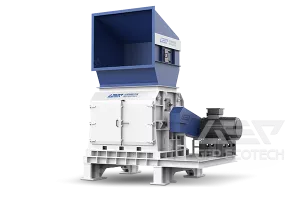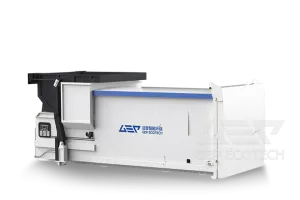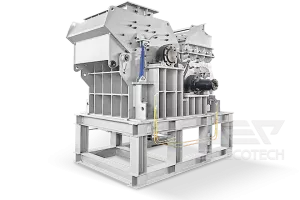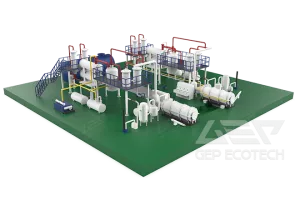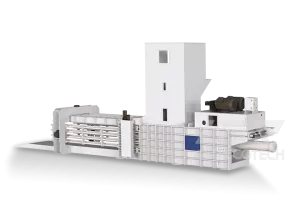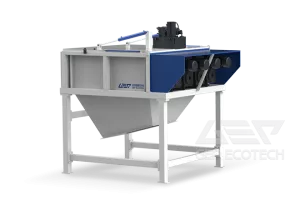Waste plastic
Solid and liquid waste plastics such as synthetic resin waste, synthetic rubber, and synthetic fiber waste generated in industrial and commercial activities, as well as synthetic leather waste and residual rubber, also belong to waste plastics.
Waste plastic treatment (recycling) methods
1. Material recycling, which involves melting waste plastic into thin sheets or particles, is a method of using it as a raw material for plastic products.
2. Chemical recycling refers to the method of recycling waste plastic into gas or fuel through chemical decomposition such as heating.
3. Heat energy recovery, a method of utilizing the heat energy generated during the incineration of waste plastics.
Waste rubber
Waste rubber with natural rubber as the main raw material.
Note: Synthetic rubber waste made from synthetic polymer compounds belongs to waste plastics.
Waste rubber treatment (recycling) method
1. Crush the grinding powder to obtain pure rubber powder.
2. Cracking to obtain fuel oil, combustible gas, and carbon black.
3. Produce TDF with a higher calorific value than coal.
Scrap metal
This includes ferrous or non-ferrous metal fragments, grinding debris, cutting debris, and so on.
Waste metal treatment (recycling) methods
1. Remove and recycle metal components from waste discharged as construction waste.
2. Refine metals with high levels of impurities.
Waste glass
Various glassware, glassware, flat glass, etc.
Waste glass treatment (recycling) method
One method is to classify glass by color, then crush them into fragments and use them as raw materials for glass (broken glass), which will be reused in the production of glass products and recycled.
Cinder
Coal slag is the incineration residue generated after garbage incineration, including coal powder, incinerator ash, waste activated carbon, etc.
Coal slag treatment (recovery) method
1. Landfill in a controlled final treatment site and store in containers, such as flexible containers.
2. Coal slag containing heavy metals is treated in a closed final treatment plant.
3. Stabilization treatment such as concrete solidification and melting treatment.
Sludge
This includes treated sludge such as factory wastewater, sludge discharged during production processes in various manufacturing industries, excess sludge from activated sludge process, bentonite sludge, car wash sludge, construction sludge, etc.
Sludge treatment methods
As a general treatment process, sludge is generated and concentrated and dehydrated through gravity, centrifugation, flotation, separation, and other methods. In some cases, it will be burned after dehydration to reduce weight. The methods for sludge dewatering include sun drying, centrifugal dewatering, pressurized dewatering, and other methods using dewatering machines.
Waste oil
This includes lubricants, insulation oil, cleaning oil, cutting oil, waste solvents, tar asphalt, and waste oil discharged from other industries.
Waste oil treatment (recovery) method
1. Reuse as fuel.
2. Recycle into other raw materials, such as soap.
Waste acid
Waste acid refers to liquid acidic waste liquid such as waste sulfuric acid, waste hydrochloric acid, waste phosphoric acid, photo fixing waste liquid, and organic waste acid.
Waste acid treatment (recovery) method
1. Incineration (sprayed into the incinerator in a mist).
2. Neutralization treatment.
3. It can be recycled as a neutralizer for waste alkali or in ion exchange equipment.
Waste alkali
Refers to all alkaline waste liquids, such as waste soda solution, photographic developer waste liquid, and metal soap waste liquid.
Waste alkali treatment (recovery) method
1. Incineration (sprayed into the incinerator in a mist).
2. Neutralization treatment.
3. It can be recycled as a waste acid neutralizer.
GEP has high-quality waste treatment (recycling) equipment, reasonable and mature solutions, and rich project operation experience in the field of waste disposal such as plastic, rubber, metal, and glass. Welcome to inquire and visit the factory for inspection.


